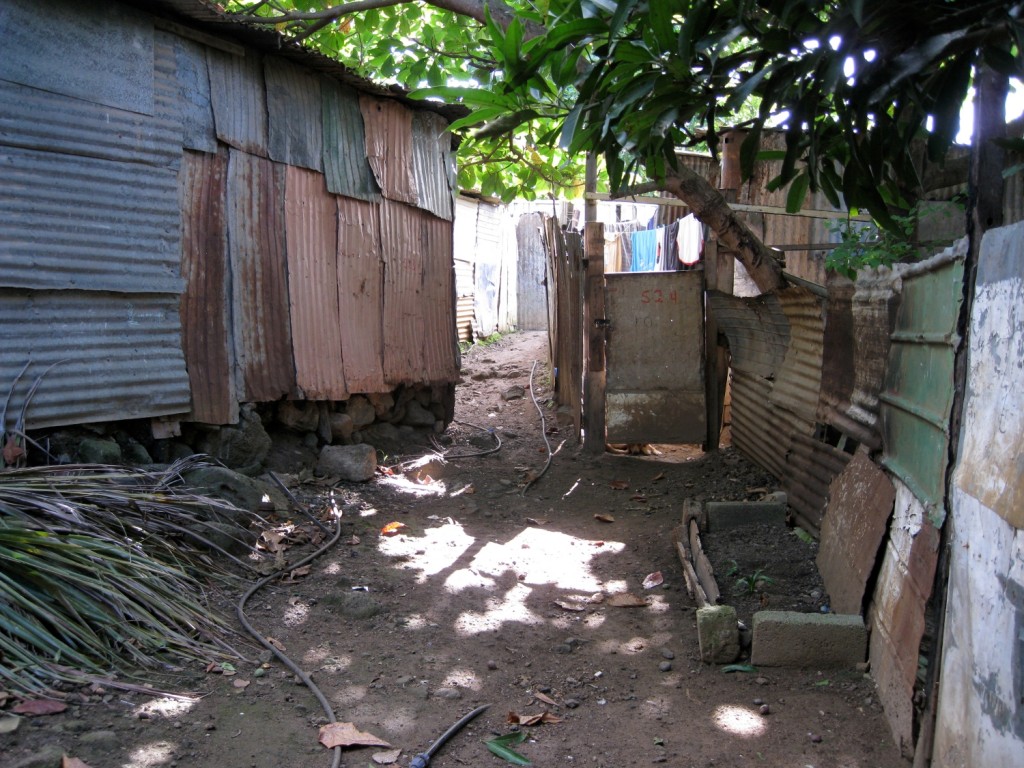“Give a man a fish and you feed him for a day ; teach a man how to fish and you feed him for a lifetime”. In simple words this saying explains the complexity that lies behind financial aid. Back in 1970, the United Nations General Assembly adopted resolution 2626, it was agreed that: “Financial aid will, in principle, be untied […] Developed countries will provide, to the greatest extent possible, an increased flow of aid on a long-term and continuing basis.”
Half a century later, hundreds of billions of dollars have been transferred from rich countries to Africa, yet as the percentage of its population living under the poverty threshold ($1.90/day) has decreased, the total number of people living under this same threshold has increased ; a real paradox. An explanation alone will not do, there is a need to find a solution as well. The Organization for Economic Co-operation and Development (OECD) in its 2015 edition report recorded that $55 billion were given by its member to Africa. Contrary to popular belief, the biggest receivers are not African countries but Asian countries. Afghanistan, Myanmar and Vietnam are the top receivers of financial aid in the world, whereas in Africa the biggest receivers are Egypt ($5.5 billion), Ethiopia ($3.8 billion) and Tanzania ($3.4 billion).
Of the $55 billion given to the continent, the biggest donators are the United States ($8.9 billion), the International Development Association (IDA) ($6 billion) and the European Union ($5.9 billion). Almost half of these $55 billion were allocated to the social sector which includes education, health and water treatment. This choice is not random, focusing on such a crucial sector facilitates the development of a country through the expansion of its production function which is allowed by improving the available factors of production. Furthermore, it can be argued that the Millennium Development Goals (MDGs) were directly targeted through such policies. Surprisingly, the economic sector accounts for only one fifth of the $55 billion given. This raises many questions especially when considering that under this category fall transport, communications, energy and banking. By leaving aside such important components, economic growth is hindered and development is in harm’s way.
Usually, the receivers are blamed first when there is a lack of effectiveness from financial aid. Bad governance is pointed out; it is true that some leaders did not hesitate to embezzle financial aid. No one really knows how much wealth Mobutu Sese Seko gathered (even though some claim it to be $13 billion) while his country was running at the time with a debt of no less than $13 billion… Although, even when good intentions are present, mismanagement is another problem. Sadly, the white elephant (Expensive investments that serve no purpose) has become the most widely observed animal in Africa as financial aid is spent on non-essential sectors, due to a lack of expertise. Yet, this should not mean that the responsibility falls solely on the receivers.
The roles of the donators can also be questioned. 46 years ago it was agreed between the UN and the donating countries that each year, they would donate 0.7% of their gross national product (GNP) to developing countries. As of today, only five countries meet this criteria: Denmark, Luxembourg, Norway, Sweden and the United Kingdom… Then again, giving too much money can also be a problem as it causes a dependency on financial aid. Even more troubling is tied aid, its consequences are gruesome as entire populations are deprived because their governments do not satisfy the political criteria established by the community of donators.
Last but not least, the arrival of new donators should be welcomed cautiously. Even though most of the donators are western countries, new ones are emerging. The BRICS (Brazil, Russia, India, China and South Africa) as well as Turkey are more and more contributing. Furthermore, with economic downturns for the western economies, their donations has substantially decreased. This has allowed these new actors to rise, China for instance has pledged to donate $60 billion to Africa during the last China-Africa summit. However, the arrival of new donators does not necessarily lead to a more favorable situation for the receivers ; in the end good governance and inclusive growth are both the reactants and the products in this equation.
Meanwhile, Africans living outside the continent send more and more money home to their families. It is only a question of time before remittances outweigh financial aid given to the continent… A strong reminder that Africans have the power to change Africa foremost.
Riad KAID SLIMANE
REFERENCES
OECD, Development Aid at A glance, Statistics by region, Africa, 2015 edition. http://www.oecd.org/dac/stats/documentupload/2%20Africa%20-%20Development%20Aid%20at%20a%20Glance%202015.pdf
MOYO Dambisa, Dead Aid: Why aid is not working and how there is a better way for Africa, 2009, p.208

 Since the 2000s, a few African countries have committed to strategies, initiated by the World Bank and then extended to the Millennium Development Goals (MDGs), to fight against poverty. These strategies, compiled in what are generally called Poverty Reduction Strategic Papers (PRSPs), are based on the dogma which considers that growth is enough to reduce poverty. Therefore, they highlight growth acceleration and identify measures to be implemented to improve the living conditions of the poorest.
Since the 2000s, a few African countries have committed to strategies, initiated by the World Bank and then extended to the Millennium Development Goals (MDGs), to fight against poverty. These strategies, compiled in what are generally called Poverty Reduction Strategic Papers (PRSPs), are based on the dogma which considers that growth is enough to reduce poverty. Therefore, they highlight growth acceleration and identify measures to be implemented to improve the living conditions of the poorest.